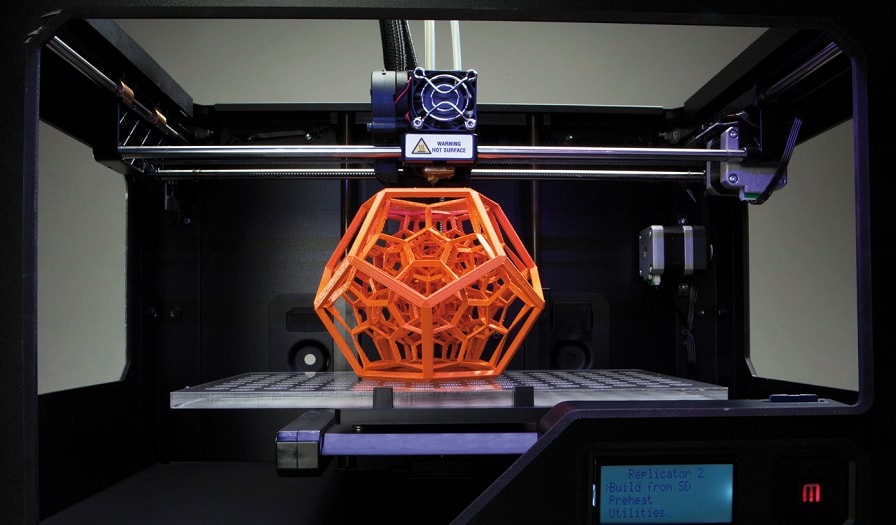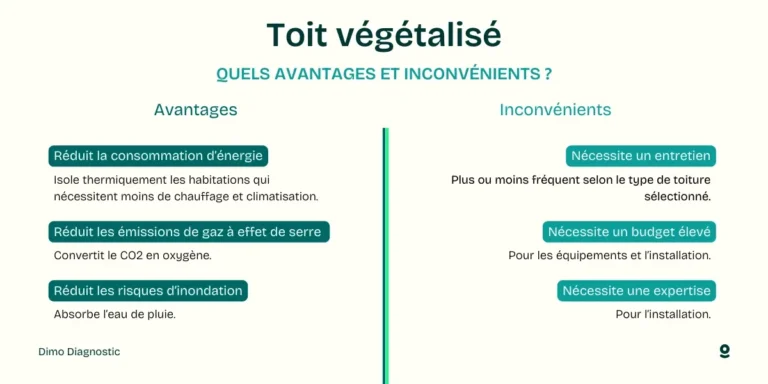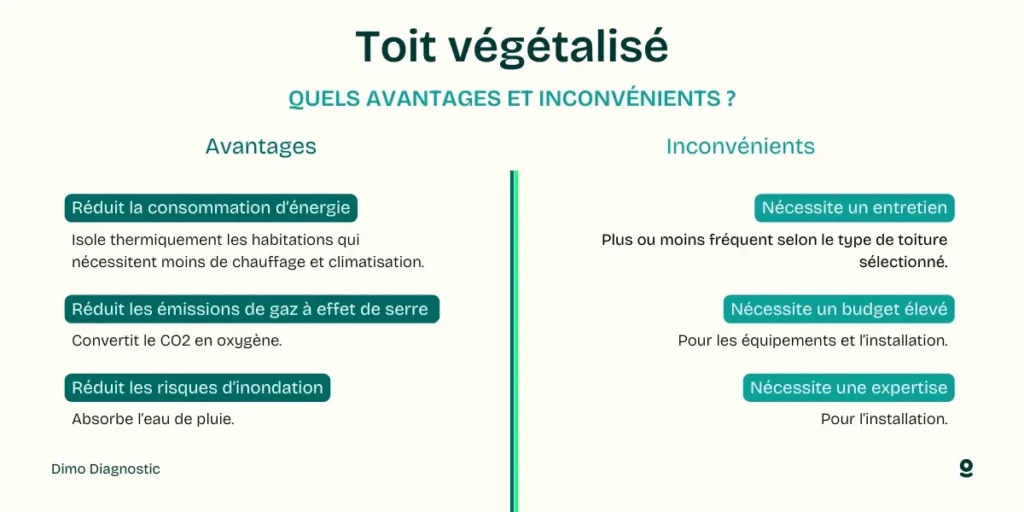
The rise of3D printing constitutes a real catalyst foradvanced manufacturing industry in Europe. Rooted in the mid-80s, this additive manufacturing has gradually gained popularity, becoming essential in many sectors. This innovative process not only reduces manufacturing costs and optimizes production process, but it also transforms traditional design methods. At the dawn of this new century, 3D printing is positioning itself as an essential player for the industrial future of the continent, opening the way to new opportunities and strengthening the competitiveness of European companies on the global market.

Since its emergence in the 1980s, 3D printing, also known as additive manufacturing, has revolutionized the industrial landscape on a global scale. In Europe, this booming technology is transforming advanced manufacturing, paving the way for more efficient, flexible and sustainable production processes. In this article, we will explore the multiple facets of this transformation and the significant impacts of 3D printing on European industry.
Table of Contents
ToggleInnovative technology at the service of industry
There additive manufacturing is not simply a technological novelty, it represents a real industrial revolution. By allowing three-dimensional objects to be created from digital models, it offers design possibilities that traditional production methods cannot match. This includes product customization, waste reduction and shorter production times. Many European companies have quickly integrated these new capabilities into their value chains to remain competitive in an ever-changing global market.
The growing adoption of 3D printing across various industries
Historically, 3D printing began with applications in niche industries, but it has quickly expanded to various sectors such as aeronautics, automotive, health and even food. This diversification applications is powered by 3D printing’s ability to meet specific needs. For example, in aeronautics, lightweight and complex parts can be produced, thereby reducing the weight of aircraft and improving energy efficiency.
Cost reduction and process improvement
One of the main advantages of 3D printing lies in its ability to reduce manufacturing costs. By reducing the need for additional materials and simplifying production processes, companies can achieve significant savings. Additionally, the ability to produce prototypes quickly allows manufacturers to test and adjust their products before mass production, thereby maximizing quality and minimizing costly errors.
Regulatory and ethical challenges
Despite its advantages, the rise of 3D printing in the European manufacturing industry faces several regulatory challenges and ethical. The management of intellectual property rights, the security of 3D printed products, as well as the environmental implications of this technology raise many questions. Therefore, European regulators must adapt to this new reality while balancing innovation and consumer protection.
Towards an integrated and sustainable future
As 3D printing continues to evolve, Europe’s manufacturing sector is set to transform further. Integrating the Internet of Things (IoT) and artificial intelligence (AI) into 3D printing processes could create an even more connected and automated industrial landscape. This technological convergence should make it possible to improve the efficiency of operations while opening new avenues for innovation. In a world seeking a increased durability, 3D printing could also play a key role in optimizing resources and reducing the carbon footprint of the manufacturing industry.
- Innovative technology – 3D printing is revolutionizing production methods.
- Cost reduction – Significant reduction in manufacturing expenses.
- Flexibility – Ability to create prototypes quickly and easily.
- Personalization – Easy adaptation of products to specific customer needs.
- Sustainability – Less waste compared to traditional manufacturing processes.
- Acceleration of deadlines – Shortening of production cycles.
- Job creation – Emergence of new skills and professions linked to 3D printing.
- Various applications – Use in various sectors such as automotive, health, and aeronautics.
- Circular economy – Facilitates the reuse and recycling of materials.
- Cross-sector collaboration – Partnerships between startups, industries and research institutions.
Des chercheurs de l'Université de Nottingham 🇬🇧 ont créé une technique d’impression 3D qui permet d’imprimer de multiples médicaments dans un seul comprimé, chacun libéré à un moment spécifique en modifiant la structure interne du comprimé.
— Le Génie Humain (@legeniehumain) May 24, 2024
Dirigée par Yinfeng He du Centre de… pic.twitter.com/lDb33b0T5U
















